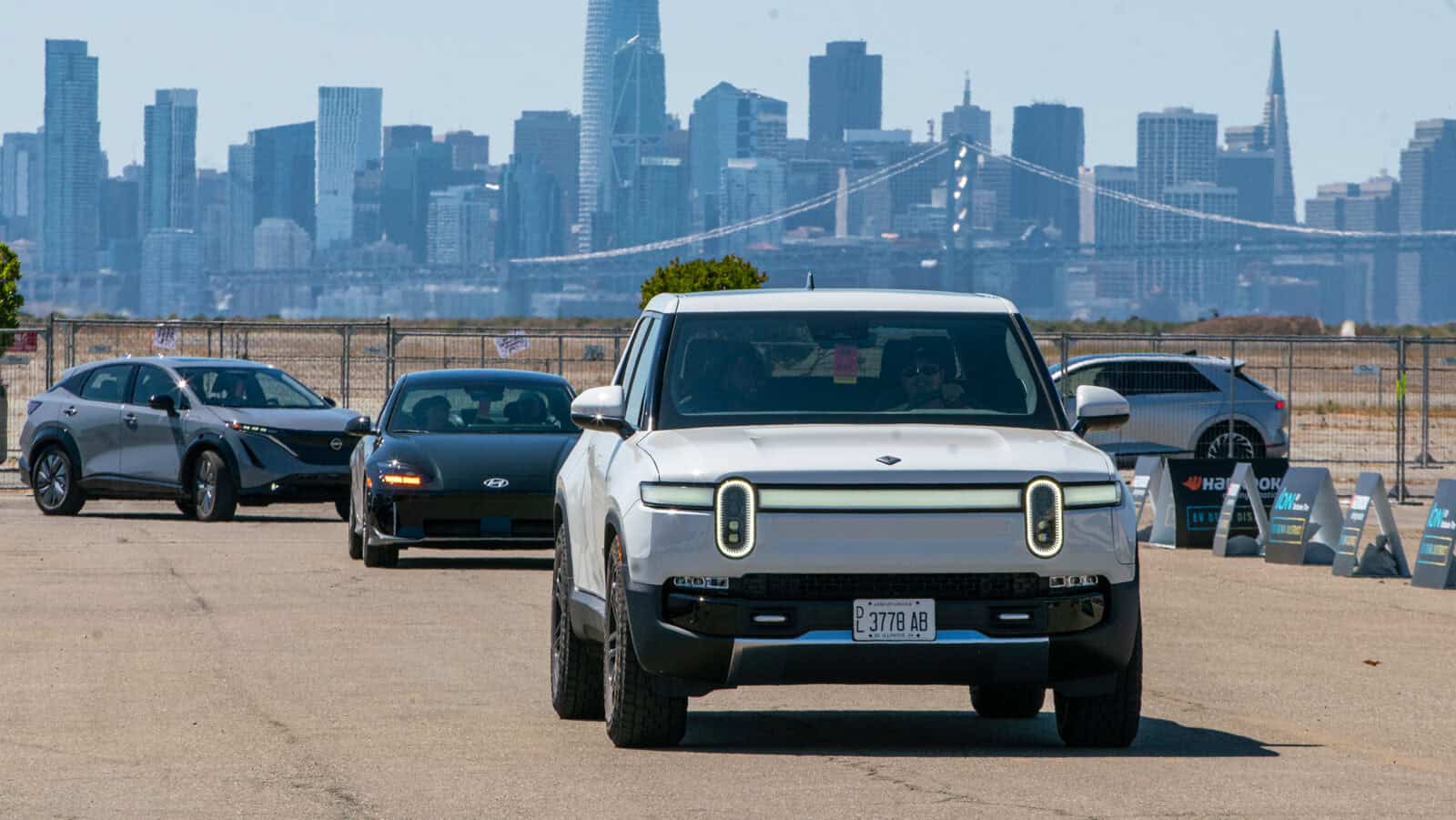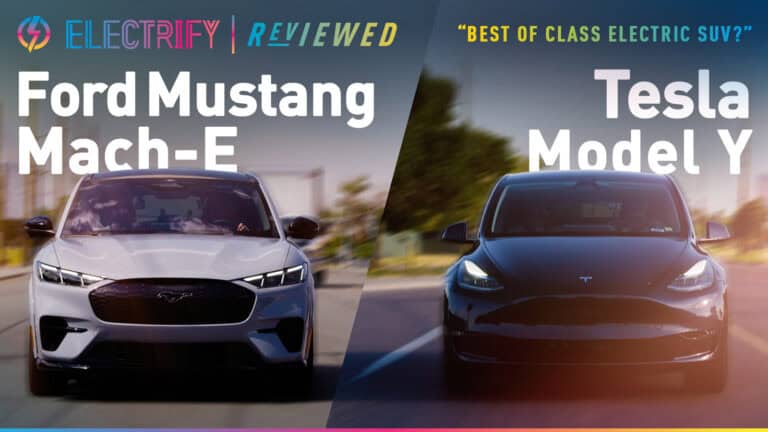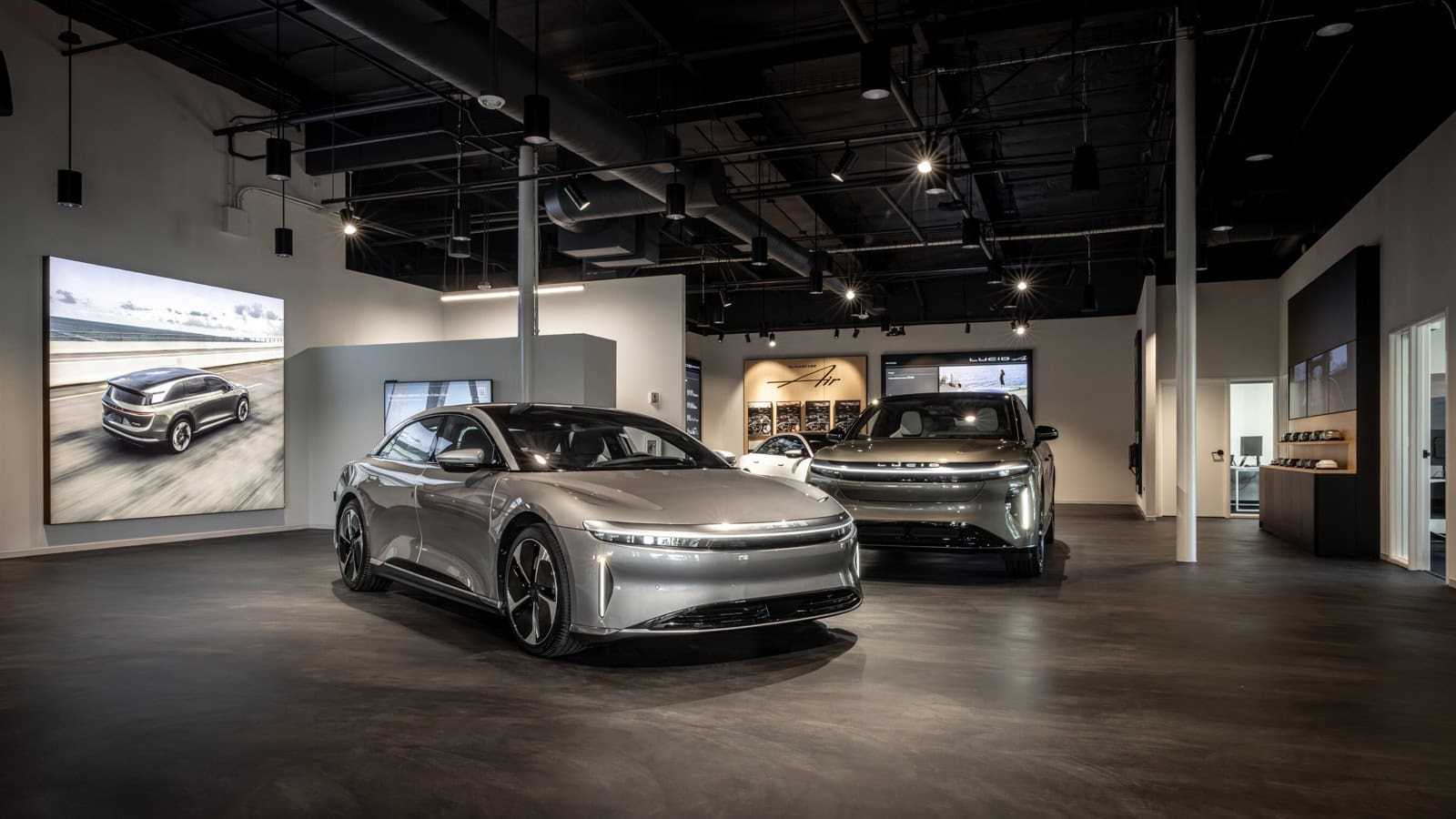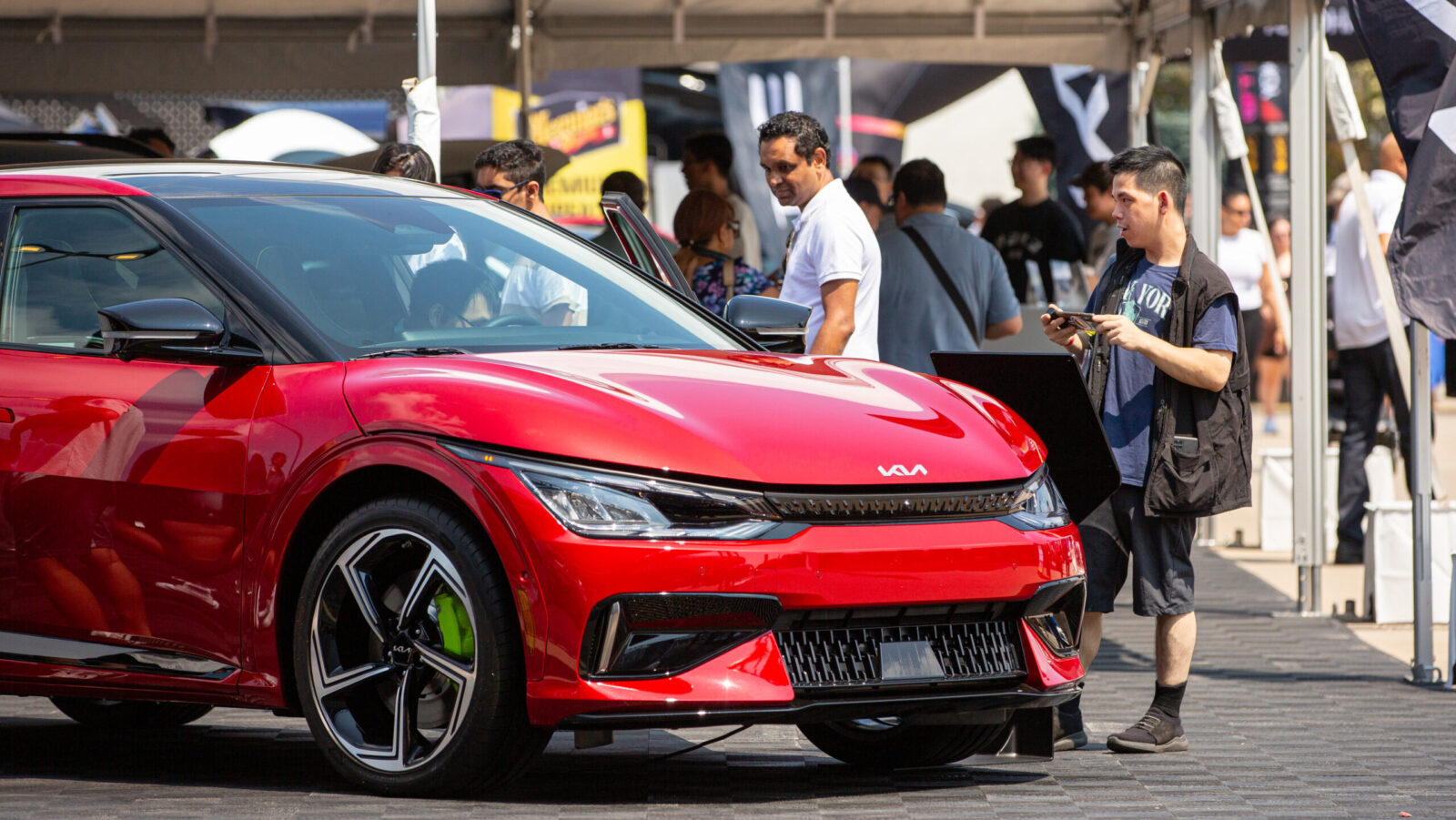- EV batteries degrade at just 1.8% per year, retaining 82% capacity after 10 years.
- Studies show EVs can last over 18 years, matching or exceeding gas cars.
- Real-world tests confirm EV batteries remain above 90% health even after high mileage.
ADVERTISEMENT
Surprised? You should be. Contrary to common belief, electric vehicle (EV) batteries often outlast the cars they’re installed in. Recent studies have shown that EV batteries are not just durable—they’re exceptionally long-lasting.
According to research, most EV batteries retain over 90% of their original capacity after several years, and over 80% capacity after 200,000 kilometers (124,000 miles). This suggests an annual degradation rate of just 1.8%, meaning an EV could have 82% battery capacity after 10 years.
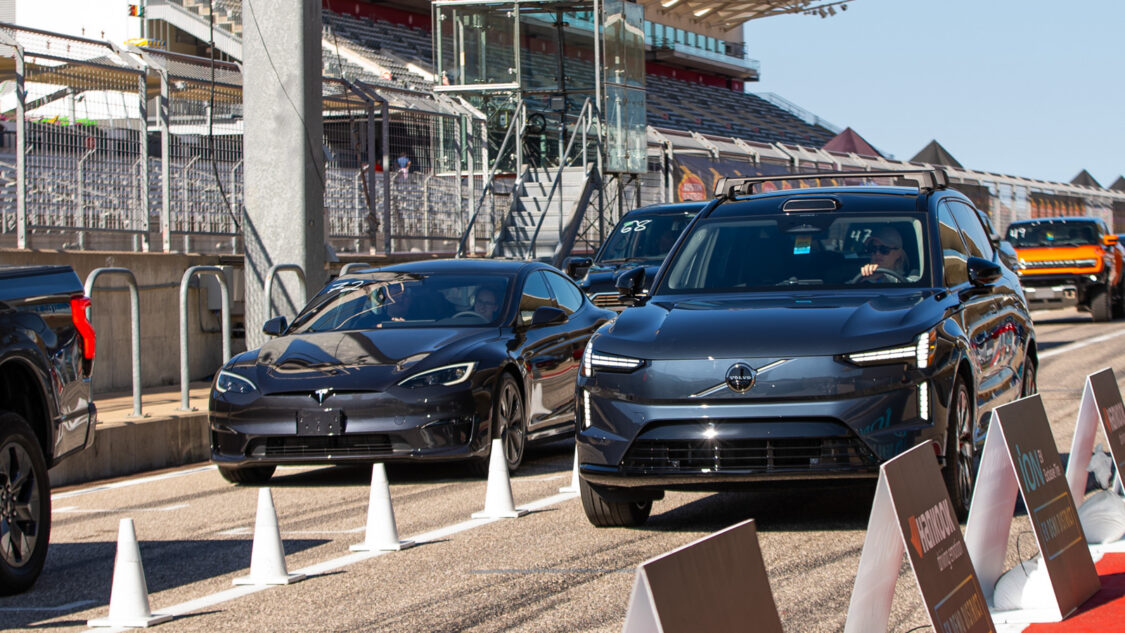
EVs Outlast Gas Cars? New Study Says Yes!
Traditional internal combustion engine (ICE) vehicles typically have a lifespan of around 12 to 15 years, up from 8.4 years three decades ago, indicating improved vehicle durability. In contrast, EV batteries are proving to be more resilient.
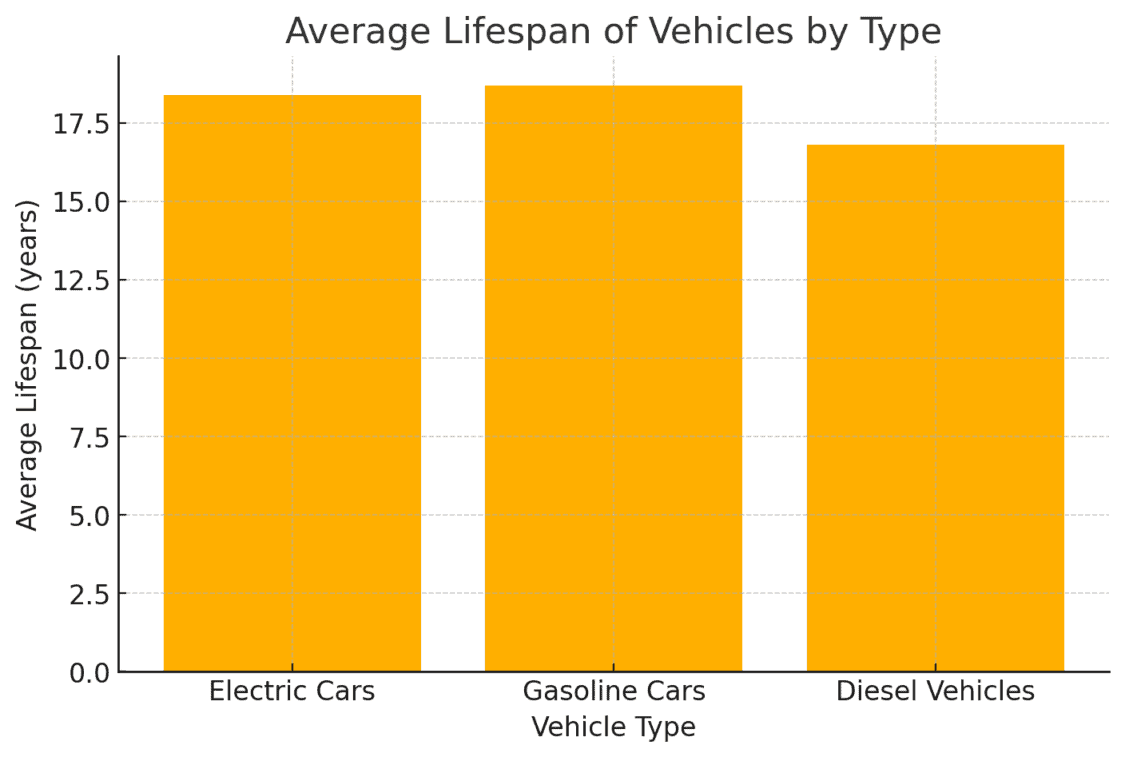
In the United Kingdom, a study published in Nature Energy analyzed data from 300 million compulsory annual MOT tests and found that electric cars have an estimated lifespan of 18.4 years, closely matching cas cars at 18.7 years and surpassing diesel vehicles at 16.8 years.
These findings suggest that EVs are not only keeping pace with traditional vehicles but may also offer greater longevity, challenging previous assumptions about their durability.
ADVERTISEMENT
EV Batteries Outlast Expectations—Even After 160,000+ Miles!
Recent studies and real-world data have consistently demonstrated that EV batteries exhibit remarkable durability, often surpassing initial expectations. For instance, a study involving 25,000 tests on EV batteries after covering up to 260,000 kilometers (approximately 160,000 miles) concluded that the batteries lasted longer than anticipated.
Christoph Nolte, Director of Dekra, stated that most electric vehicles with higher mileage maintained a health level above 90%.
Further supporting this, advancements in battery technology are contributing to increased longevity. For example, Tesla’s development of single-crystal electrodes aims to extend battery life to approximately eight million kilometers, significantly enhancing durability.
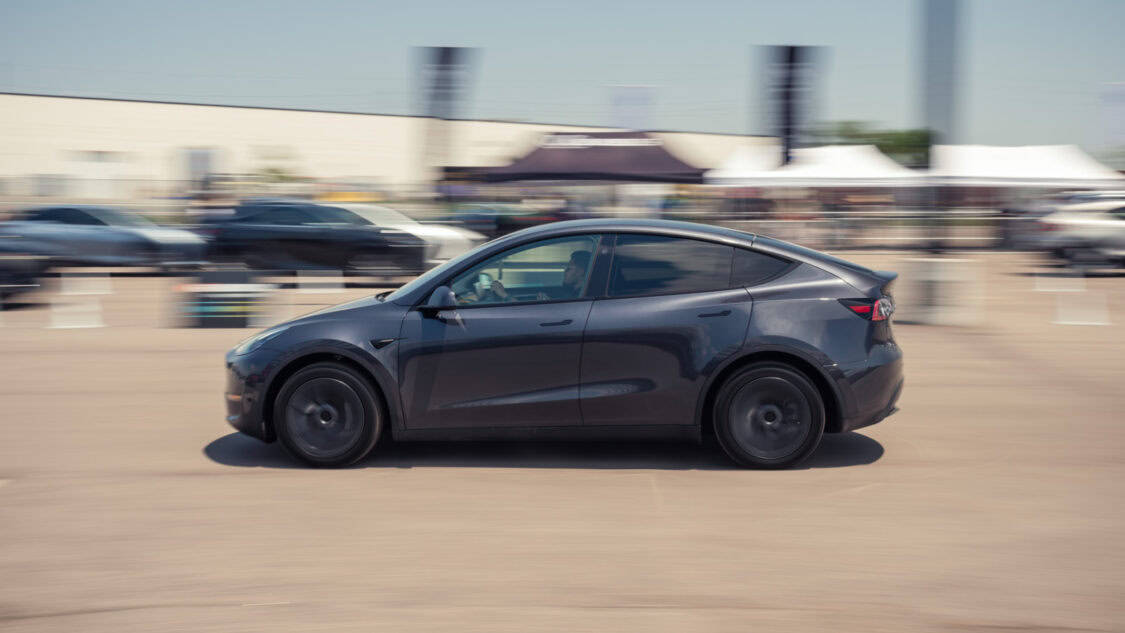
Different Battery Types and Their Longevity
Not all EV batteries are the same. Here’s how the most common types stack up in terms of lifespan and durability.
1. Lithium-Ion (Li-ion) Batteries
- Lifespan: 150,000 to 250,000 miles (10-15 years)
- Why It Lasts: The most widely used EV battery type, Li-ion offers high energy density, but degradation occurs over time due to repeated charge cycles.
- Who’s Using It: Tesla, GM, Ford, Volkswagen, Hyundai, and almost every major automaker.
2. Lithium Iron Phosphate (LFP) Batteries
- Lifespan: 300,000 to 500,000 miles (20+ years)
- Why It Lasts: LFP batteries are known for their low degradation rates and superior durability, especially in high-cycle applications like rideshare or delivery vehicles.
- Who’s Using It: Tesla, Ford, and Rivian are shifting to LFP batteries in some models because of their cost-effectiveness and long life.
3. Solid-State Batteries
- Lifespan: 500,000+ miles (25+ years, still being tested)
- Why It Lasts: Solid-state batteries use a solid electrolyte instead of liquid, reducing wear and improving energy density.
- Who’s Investing: Toyota and BMW are working on solid-state technology, with Toyota claiming its upcoming EVs could have 750-mile ranges and last over 30 years.
4. Sodium-Ion Batteries
- Lifespan: 250,000+ miles (15-20 years, still early)
- Why It Lasts: These batteries don’t rely on lithium, making them cheaper and more sustainable, with promising cycle life.
- Who’s Developing It: CATL and Tesla are both exploring sodium-ion batteries for their low cost and resistance to extreme temperatures.
ADVERTISEMENT
Make Your EV Battery Last Longer With These Simple Tips!
Want to ensure your EV battery goes the distance? Here are some tips:
- Avoid Frequent Fast Charging: While convenient, regular use of DC rapid charging can accelerate battery degradation.
- Maintain Optimal Charge Levels: Keeping your battery charged between 20% and 80% can help prolong its lifespan.
- Moderate Driving Habits: Gentle acceleration and braking can reduce strain on the battery.
- Regular Maintenance: Routine check-ups can identify potential issues before they become serious problems.
The old myth that “EV batteries do not last” is officially debunked. With advancements in battery technology, electric vehicles are outlasting traditional cars by tens or even hundreds of thousands of miles. EV batteries are not just keeping up—they are exceeding expectations.
With more automakers improving battery chemistry and durability, your next EV might outlive the vehicle itself. And that is a future worth driving toward.
ADVERTISEMENT

SOURCES | IMAGES: GEOTAB, ENVIRONMENT + ENERGY LEADER, NATURE ENERGY, DEKRA, LIVE SCIENCE | ELECTRIFY EXPO
FTC: We use income-earning auto affiliate links. Learn more.


